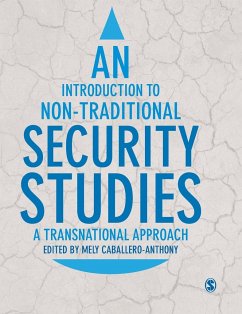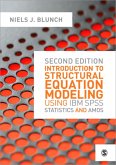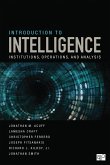With the end of the Cold War, threats to national security have become increasingly non-military in nature. Issues such as climate change, resource scarcity, infectious diseases, natural disasters, irregular migration, drug trafficking, information security and transnational crime have come to the forefront. This book provides a comprehensive introduction to Non-Traditional Security concepts. It does so by:
Covering contemporary security issues in depth Bringing together chapters written by experts in each area Guiding you towards additional material for your essays and exams through further reading lists Giving detailed explanations of key concepts Testing your understanding through end-of-chapter questions
Edited by a leading figure in the field, this is an authoritative guide to the key concepts that you'll encounter throughout your non-traditional, and environmental, security studies courses.
Covering contemporary security issues in depth Bringing together chapters written by experts in each area Guiding you towards additional material for your essays and exams through further reading lists Giving detailed explanations of key concepts Testing your understanding through end-of-chapter questions
Edited by a leading figure in the field, this is an authoritative guide to the key concepts that you'll encounter throughout your non-traditional, and environmental, security studies courses.
The concept of Non-Traditional Security (NTS) is becoming familiar but typically only as a footnote to examinations of such real security issues as geostrategic interactions involving arms, alliances, troops, and territorial disputes. This book is a refreshing antidote to the marginalization of NTS with an in-depth analysis of the concept itself plus empirical assessments and case studies of NTS in nine different substantive areas. The result is a rich and rewarding exposure of an area too readily kept in the shadows.
T.J. Pempel, Jack M. Forcey Professor 20160101
T.J. Pempel, Jack M. Forcey Professor 20160101








